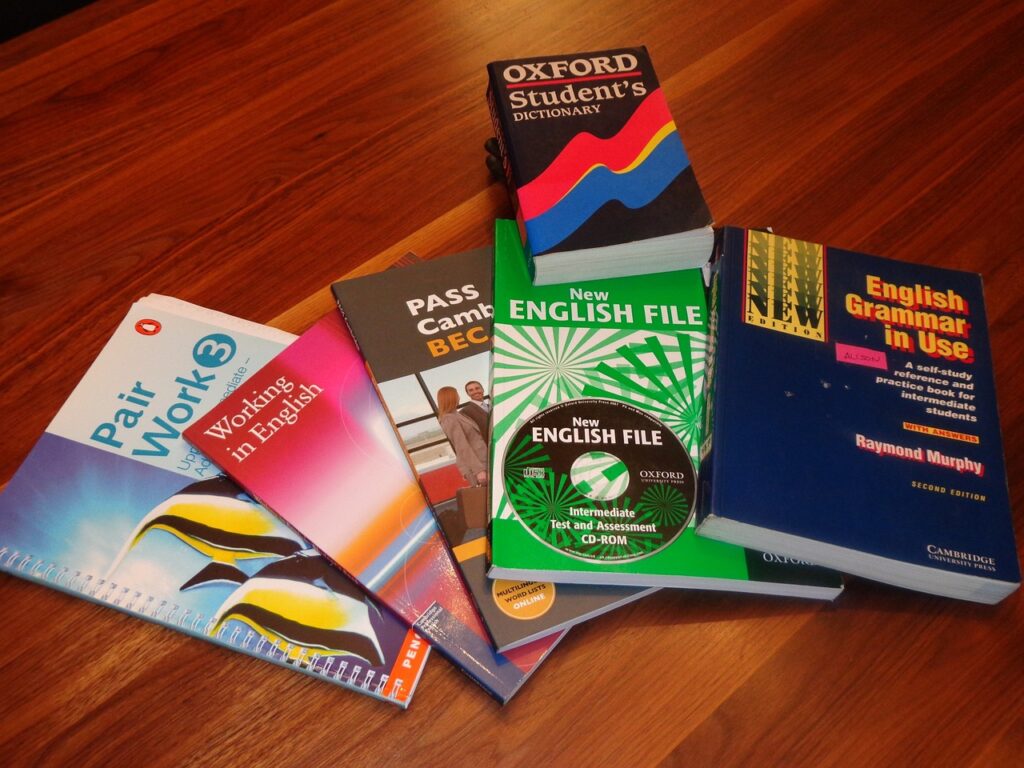TOEFL (Test of English as a Foreign Language) and IELTS (International English Language Testing System) are two of the most widely accepted English language proficiency tests in the world. Although their main purpose is to assess the English proficiency of non-native English speakers, there are significant differences between the two tests in terms of format, scoring criteria, and acceptance. Understanding these differences can help candidates choose the most appropriate test based on their academic and career goals.

Exam Purpose and Design
TOEFL was developed by the Educational Testing Service (ETS) in the United States and is widely used for university applications in the United States and its allied countries. The TOEFL test focuses on assessing the ability of candidates to use English in an academic environment, especially the ability to understand and produce academic English.
IELTS is jointly managed by the British Council, Cambridge English Examinations and the Australian Education Development Organization. IELTS is used not only for academic purposes, but also for immigration and vocational qualification certification, especially in the UK, Australia, Canada and New Zealand.
Exam Format and Content
The TOEFL test is conducted entirely on a computer and consists of four parts: reading, listening, speaking, and writing. All parts are completed on the same day and the total duration is approximately 4 hours.
Reading Section: 3-4 academic passages, each approximately 700 words, followed by a series of questions.
Listening section: includes lectures and conversations.
Oral section: six tasks to test students' impromptu speaking ability.
Writing section: Two essays, one is comprehensive writing and the other is independent writing.
The IELTS test can be taken on a paper-based or computer-based basis and is also divided into four parts: reading, listening, speaking and writing, with a total duration of approximately 2 hours and 45 minutes.
Reading Section (Academic Edition): Three long articles from books, magazines, newspapers and online sources.
Listening section: four parts, including dialogues and monologues.
Speaking section: a face-to-face speaking test with interaction with the examiner.
Writing section: Two tasks, including a report describing a chart or graph and an argumentative essay.
Grading
Each part of the TOEFL test is scored out of 30 points, with a total score of 120 points. The score focuses on the candidate's comprehensive language proficiency.
Each section of the IELTS is scored on a scale of 0 to 9, with a maximum total score of 9. The scores represent the candidate's level of English proficiency, ranging from "non-user" (1) to "expert user" (9).
Acceptance
TOEFL is very popular in the United States and is the preferred test for most American universities, while IELTS is more common in Europe and the Commonwealth of Nations countries, especially for those applying to the United Kingdom and Australia.
in conclusion
Choosing between TOEFL and IELTS mainly depends on the individual needs and goals of the candidates. If the goal is to study in universities in the United States or other countries that mainly use TOEFL, TOEFL may be a better choice. On the contrary, if you are applying to countries such as the United Kingdom and Australia, or if it involves immigration and work, IELTS may be a more suitable choice. No matter which test you choose, it is important to prepare fully and be familiar with the respective test formats and requirements to achieve the best results.
Through the above analysis, we hope to help candidates make wise choices based on their academic and career paths and successfully pass the chosen English language test.